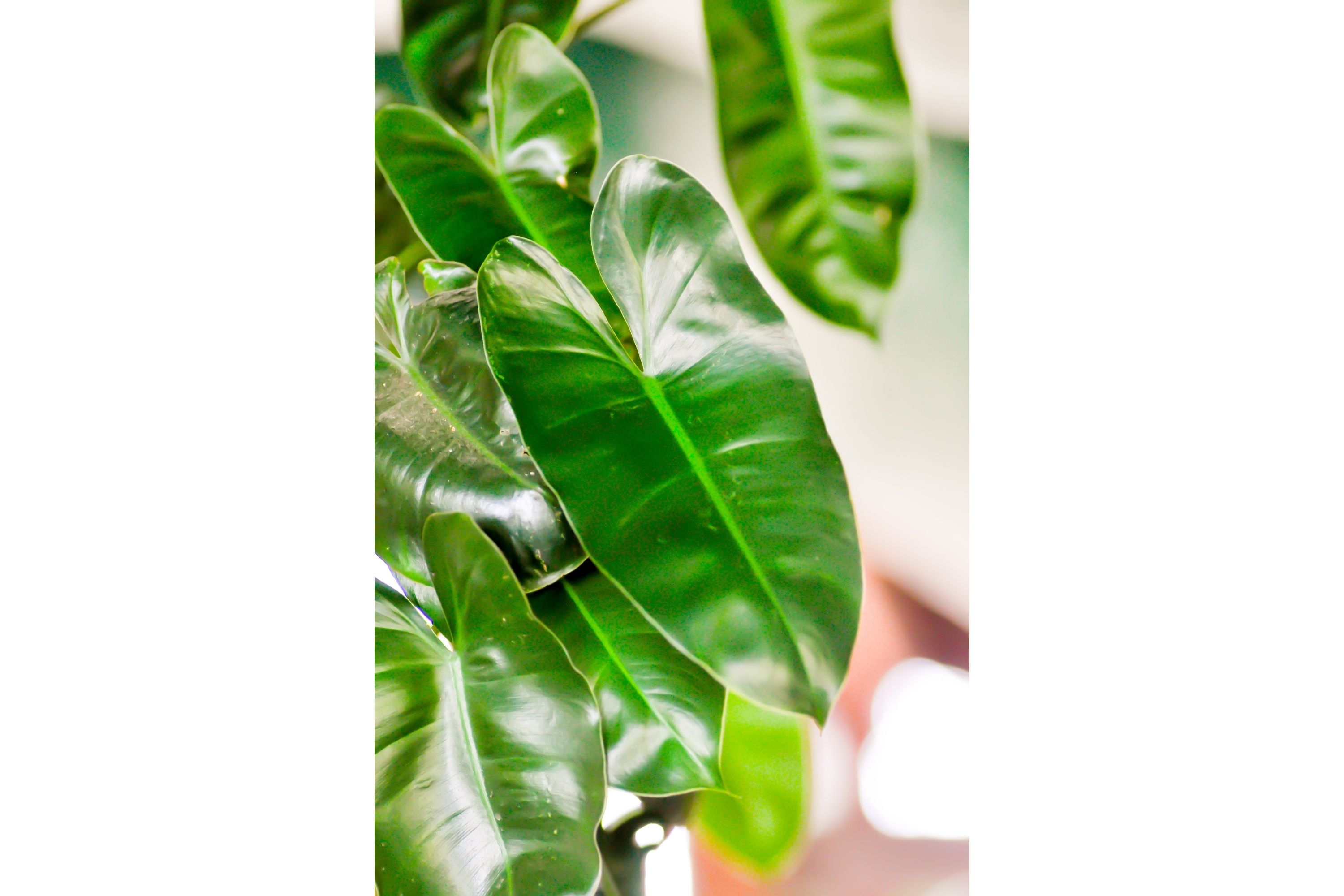Blushing philodendron
(Philodendron erubescens)

Description
Philodendron erubescens, also known as the Blushing Philodendron or Red-leaf Philodendron, is a popular indoor plant native to South America. Its distinctive, vibrant foliage and easy-care requirements make it a favorite among houseplant enthusiasts. In this article, we'll dive into the details of Philodendron erubescens, from its origins and characteristics to care tips and propagation methods. Taxonomy and Origins Philodendron erubescens belongs to the Araceae family, which includes other popular indoor plants such as the Monstera deliciosa and the Peace Lily. It is native to Colombia, Ecuador, Peru, and Brazil, where it can be found growing as an epiphyte in the rainforest understory. Physical Description The Philodendron erubescens is an evergreen, vining plant that can grow up to 3 meters long. Its leaves are thick, glossy, and heart-shaped, with a vibrant red or pink coloration that fades to green as the leaves mature. The leaves grow up to 30 cm long and 25 cm wide, and they are arranged alternately along the stem. The plant's stem is also red or pink, with a slightly fuzzy texture, and it produces aerial roots that help it climb and cling to surfaces. Philodendron erubescens can also produce inflorescences, which are small, cream-colored flowers that grow in a spadix surrounded by a white spathe. However, these blooms are rare in indoor settings and typically not the main attraction of the plant. Care Tips Philodendron erubescens is an easy-to-care-for plant that thrives in bright, indirect light. Direct sunlight can scorch the leaves, so it's best to place it near a window with filtered light or under fluorescent lights. The plant prefers temperatures between 18-24°C and high humidity levels, which can be achieved by misting the leaves or placing a humidifier nearby. The soil should be kept evenly moist but not waterlogged, and the plant should be watered when the top inch of soil feels dry. It's also important to ensure proper drainage to prevent root rot. Fertilize the plant monthly during the growing season with a balanced liquid fertilizer. Propagation Philodendron erubescens can be propagated through stem cuttings or division. To propagate through stem cuttings, select a healthy stem with at least two leaves and make a cut just below a node. Place the cutting in water or moist soil until roots develop, then transplant it to a pot with well-draining soil. To propagate through division, carefully remove the plant from its pot and separate the root ball into two or more sections. Each section should have a healthy stem and root system, and it should be potted in fresh soil. Pests and Diseases Philodendron erubescens is relatively pest-resistant, but it can be susceptible to mealybugs, spider mites, and scale insects. These pests can be removed with insecticidal soap or by wiping the leaves with a damp cloth. The plant can also be susceptible to root rot if overwatered or planted in soil that doesn't drain well. If the leaves start to yellow and droop, check the soil moisture and adjust the watering schedule accordingly. If root rot is suspected, repot the plant in fresh soil and trim any damaged roots. Conclusion Philodendron erubescens is a beautiful and easy-to-care-for plant that can add a splash of color to any indoor space. With the right conditions and care, it can thrive and bring joy to plant lovers for years to come.
Taxonomic tree:







